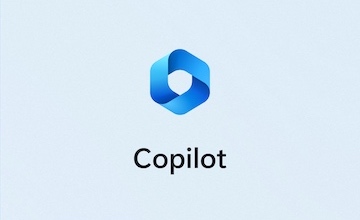Federal Layoffs Threaten Sea Lamprey Control Program in the Great Lakes
In a significant development affecting the Great Lakes ecosystem, recent layoffs in the U.S. Fish and Wildlife Service (USFWS) have raised alarms over the future of the sea lamprey control program. This initiative is critical for maintaining the health of fish populations in the Great Lakes, sparking concerns among environmentalists and fishermen alike.
Concerns Over U.S. Layoffs
The USFWS’s decision to enforce staff cuts has led to worries about the effectiveness of the sea lamprey control program specifically in U.S. waters. According to McClinchey from the Great Lakes Fishery Commission, although the Canadian government’s commitment to fund its portion remains intact, the integrated nature of the control program means fluctuations in U.S. operations could jeopardize broader efforts. “Cuts to lamprey control in U.S. waters are a threat to fish and fishermen everywhere on the Great Lakes,” he emphasized.
McClinchey explained that the program operates on a "border blind" principle, relying on seamless efforts across both countries to combat the invasive sea lamprey. The invasive species poses a significant threat to native fish species and overall aquatic biodiversity in the region.
Temporary Relief and Reversal of Hiring Freeze
A more optimistic note was sounded following a recent hiring freeze announcement. Initially, the commission faced a dire staffing shortage leading into the seasonal lampricide distribution, crucial in combating lamprey populations. However, within days, this freeze was lifted, sparking a flicker of hope among fisheries managers.
“That at least tells us no one is rooting for the lamprey,” said McClinchey, expressing optimism about the reinstatement of crucial personnel to maintain the program’s integrity. He emphasized the importance of his trip to Washington, D.C., where he discussed funding challenges and made a case for the reinstatement of recently laid-off control employees.
A Struggle for Survival
The survival of the sea lamprey control program is a contentious topic, with implications that extend beyond staffing and budgets. McClinchey noted that even “minor cuts to scope would be devastating for the fishery.” This sentiment reflects a broad consensus among stakeholders who recognize the fragile balance of the Great Lakes’ ecosystem.
In a similar vein, a former USFWS employee from Marquette expressed a hopeful outlook, believing that efforts would be made to ensure continued treatment against the invasive lamprey species. “It’s not really an option to just stop treating for a whole season,” she remarked, underscoring the urgency of the situation.
Implications for the Great Lakes Community
The Great Lakes serve as a critical resource not only for biodiversity but also for local economies reliant on fishing and recreation. The potential disruption to lamprey control raises significant questions about the future health of fish populations, which could in turn affect recreational fishing, tourism, and livelihoods in surrounding communities.
As McClinchey continues to advocate for financial support and staff reinstatement, the conversation around invasive species management in the Great Lakes has taken on renewed urgency. The fate of the sea lamprey control program could set a precedent for how environmental programs are prioritized in federal budget discussions.
Conclusion: A Call for Action
The situation underscores the critical intersection of environmental stewardship, federal budgetary decisions, and the well-being of local communities in the Great Lakes region. The outcome of these discussions could have far-reaching ramifications, not just for the lamprey control efforts but for the overall health of the ecosystem. Stakeholders remain vigilant, as they advocate for the resources necessary to protect one of North America’s most vital freshwater systems. The path forward will require collaboration, strong advocacy, and a commitment to preserving the integrity of the Great Lakes for generations to come.












